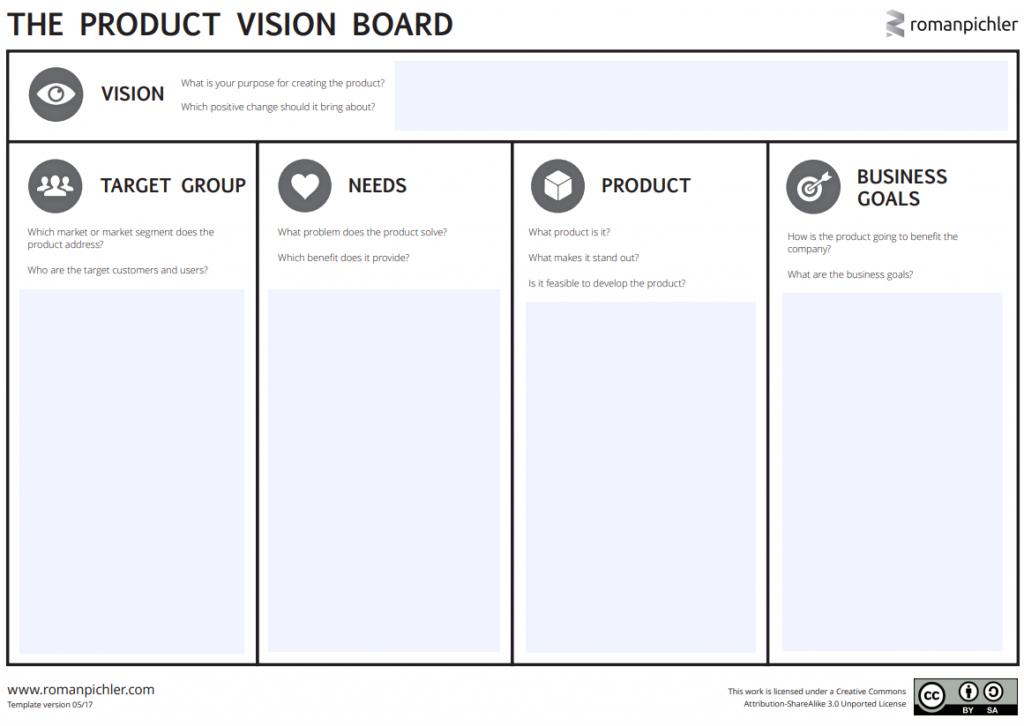Building a Product Vision
Developing software under deadlines is hard. When I start projects I often have a problem to solve in mind and that’s it. It takes some effort and genuine thinking to come up with a solution to that problem. Part of that solution is having a vision. Without that, how do you know which direction to go? Developing a solution without a vision is like attempting to navigate a cave without light. If you haven’t been caving (or spelunking) before, it’s pitch black in there without a light. So much so that you literally cannot see your hand in front of your face and you don’t know which direction you are facing. If you don’t know which direction you are facing when developing a solution, how do you know where you are going?
Vision
Each project I undertake a leadership role in, I seek as much information as possible from the client. Defining your project’s vision is 90% asking the right questions and 10% of thinking about the solution. If you’re asking the right questions the solution will appear as if it’s emerging from some magical mist like a unicorn in the early morning sunrise. The best resource I’ve found for defining your vision is Roman Pichler’s Product Vision Board.

So what questions should you ask? That’s a great question! While it does largely rely on what field your project is in and your client’s preferred method of communication, there are a few questions almost all project leads should ask and they are all right on the product vision board:
- What is your purpose for creating the product?
- Which positive change should it bring about?
- Which market or market segment does the product address?
- Who are the target customers and users?
- What problem does the product solve?
- Which benefit does it provide?
- What product is it?
- What makes it stand out?
- Is it feasible to develop the product?
- How is the product going to benefit the company?
- What are the business goals?
Once you can answer these questions, some sort of vision of your solution should come to mind. You should start recognizing that unicorn. You’re also in a great place as you’ve validated your product and have a clear path forward. In addition to this, you could also answer a few more questions about your vision to get clear insight into the current market and what it would take to make your product profitable. This part is optional and definitely recommended if you plan to sell your product. These questions are included in the extended Product Vision Board.
- Who are your main competitors?
- What are their strengths and weaknesses?
- How can you monetize your product and generate revenues?
- What are the main cost factors to develop, market, sell, and service the product?
- How will you market and sell your product?
- Do the channels exist today?
I highly recommend answering these questions if you plan on marketing and subsequently selling your product as it will position you favorably when it comes time to sell your product.